Amping up its attack on multiple segments, slowly but progressively, OnePlus is no longer a one-trick pony. Keen on establishing itself as an ecosystem rather than solely a “flagship killer” brand, the OnePlus 11 5G is its most polished design.
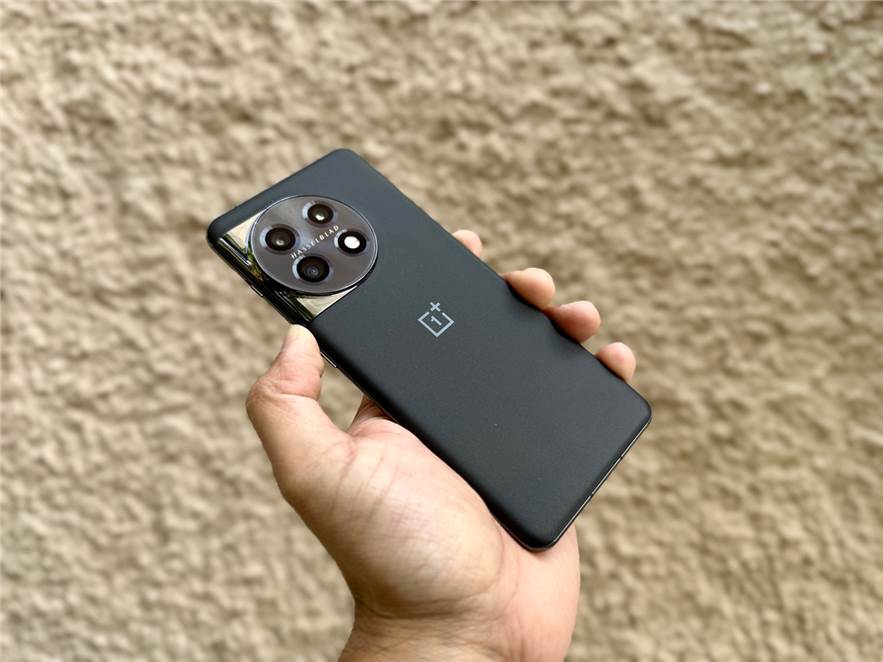
Moving beyond the “flagship killer” maxim

Amping up its attack on multiple segments, slowly but progressively, OnePlus is no longer a one-trick pony. Keen on establishing itself as an ecosystem rather than solely a “flagship killer” brand, the OnePlus 11 5G is its most polished design.
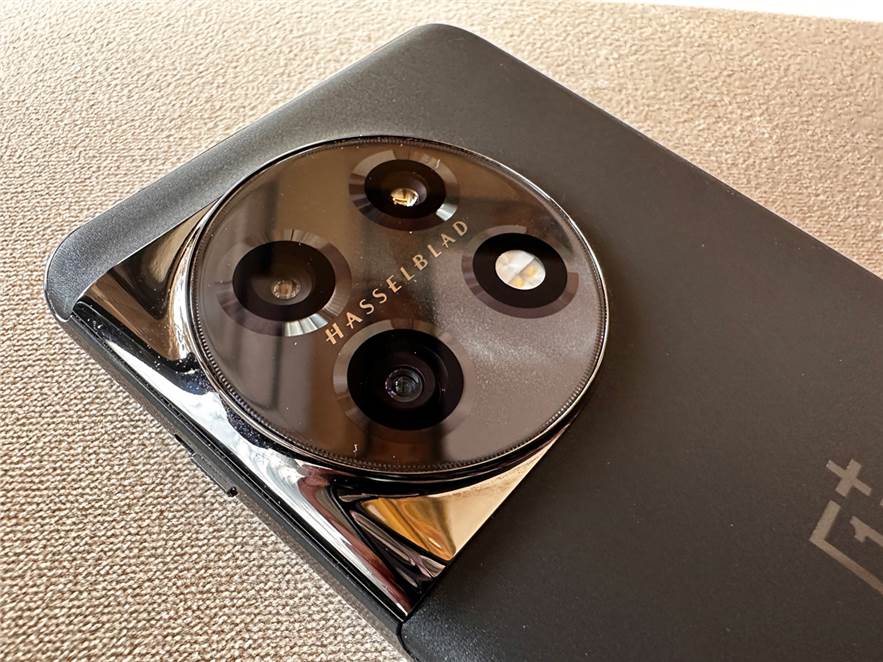
Entering its third year of partnership with renowned Swedish pro-camera maker Hasselblad, the OnePlus 11 5G may be the most rounded manifestation of the collab yet. It all starts with the design, which looks much more purposeful and camera-like. The triple lens and the LED flash are encased in luxury watch-inspired glass and overall, the combined effect of stainless steel, chrome and the satin finish ensures that the OnePlus 11 5G retains the brand’s reputation of immaculate CMF. Oh, and the Alert Slider is back too…and that cements the fact that all is well in OnePlus land, yet again.
Flipping the phone around, it’s standard Android fare with a 6.7in Super AMOLED screen running a variable refresh rate up to 120Hz, QHD+ resolution and Dolby Vision with 10-bit colour support. You’d be hard-pressed to find a brighter or better-looking display at this price and thanks to the customisation options in OxygenOS, you have the ability to tweak it until your colours match that of Masaba’s collection.
What’s really new in this Android sandwich is in the filling though. Powered by the flagship Qualcomm Snapdragon 8 Gen 2 processor that is optimised for power efficiency and better GPU performance, the 16GB RAM with LPDDR5X chips in by letting you keep as many as 44 apps open in the background! There’s another layer of custom snack added by OnePlus, dubbed RAM-Vita which uses intelligent reallocation of RAM from dormant apps to active ones and even assigns anywhere from 500MB to 1GB only for the camera app if the need arises.


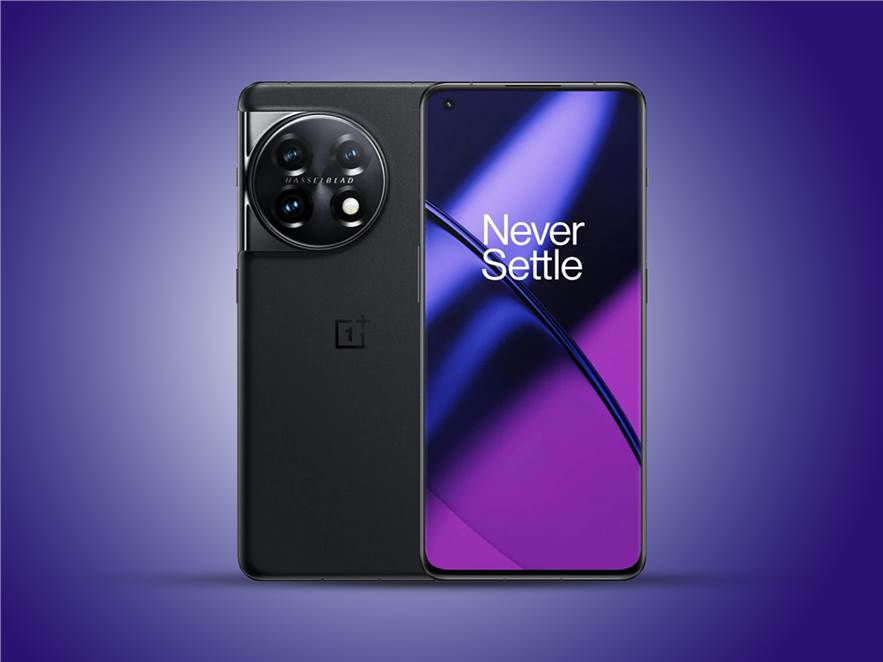
OnePlus always prides itself on being a sleeper hit with gamers and although there are no exterior flourishes to give it away, the 11 5G has an extensively reworked thermal architecture. Larger vapour chamber cooling system, new crystalline-graphene substrates along with a new heat-dissipating structural design allows this phone to clock some impressive numbers on Geekbench scores, but it’s even tangible when picking up a game of CoD or Need for Speed. Ray tracing is supported by default by this new Snapdragon SoC and while the lighting and shadow effects on games look smoother and more real than ever before, Tit’s still unclear which mobile games actually support it yet. What is apparent and tangible is how OnePlus has quietly been chipping away at making its haptic engine more responsive and nuanced to different applications and it really makes itself felt while playing games. It’s the small things that add up to a great overall experience.
On to the main event of any mobile phone, the triple cameras, massaged by the experts at Hasselblad no less. In its third year of collaboration, OnePlus claims there are improvements made to the colour science and portrait mode, getting closer than ever to emulating an actual Hasselblad XCD 30mm or 65mm lens. There’s been an overhaul of the sensors too, led by the 50MP IMX890 Sony primary camera, a 48MP ultra-wide and a 32MP telephoto that has a portrait mode with a variable aperture from f1.4-f16. As earlier, you also get the Hasselblad X-Pan mode which is a hybrid between the regular and a wide angle.
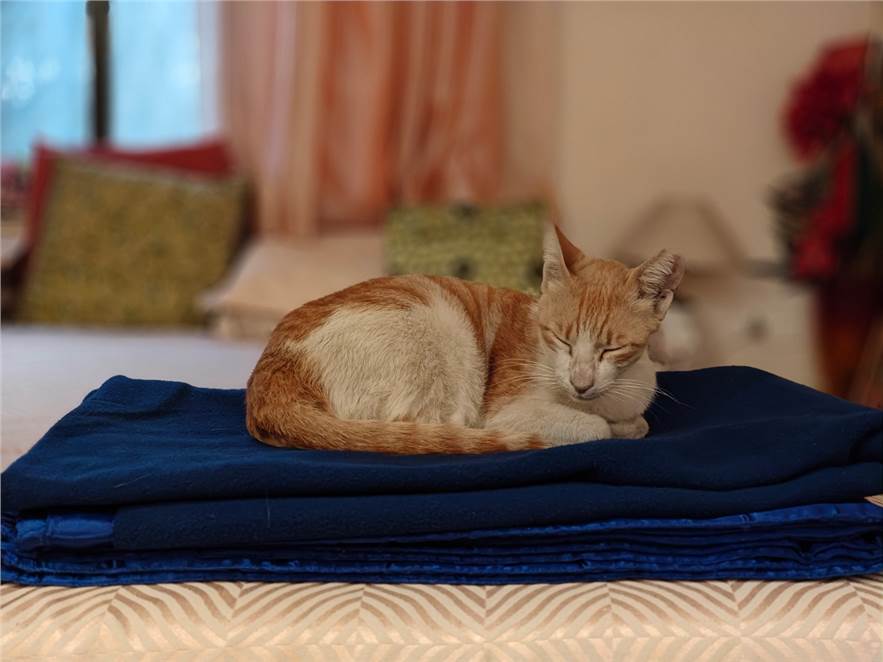

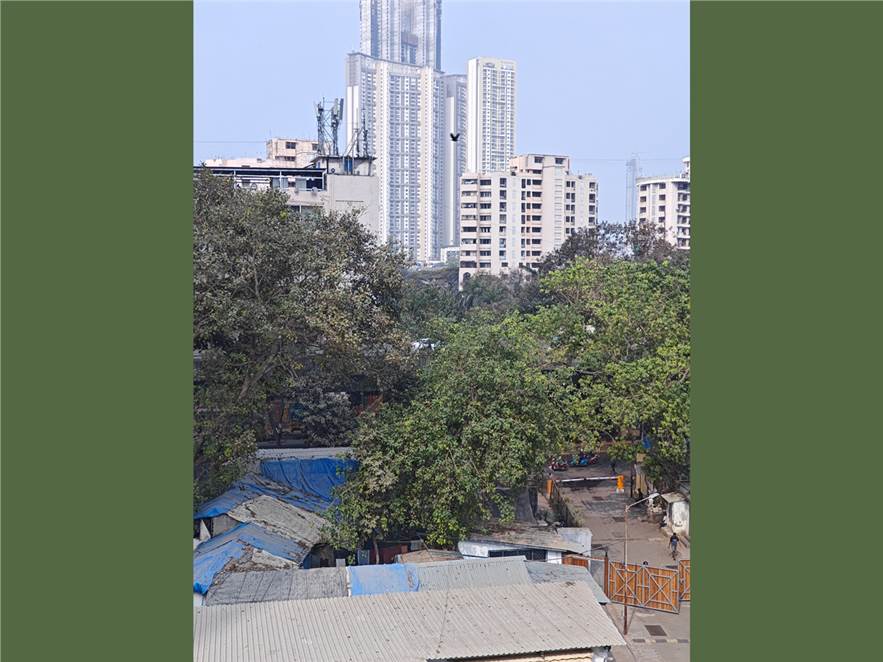
Results are mostly excellent, with much better control over sharpness and exposure compared to earlier iterations of the brand’s triple-cam systems with Portraits especially impressive, as long as you keep the aperture in check. The best results are when you use stops between f/5-f/8, anything below these values and segmentation starts suffering and the bokeh looks artificial. Get it right though and the subjects have a texture and tone that is truly reminiscent of classic Hasselblads that capture the mood of the moment.
Switching to the primary camera again, the OnePlus 11 5G impresses with its autofocus speed, the detail it captures and how well it uses its AI engine to bump up the darker areas just enough to highlight the features and not change the scenario altogether. While the colour balance is
There are some areas where the camera stutters, like when using the Hasselblad Pro mode. You get manual access to shutter speed, ISO, white balance and EV, but the preview is nowhere close to what you get after you’ve hit the shutter button, making the entire process of taking control over granular settings a bit redundant. Also, the macro mode still remains a sore point, even though OnePlus has done away with the figurehead 2MP macro lens.



On the other hand, huge strides have been made in the video department where the OnePlus 11 5G now feels like it can properly compete with the big boys when it comes to managing exposure, HDR management on the fly and even stabilisation on the primary lens. Slow-mo looks clean, and crisp and won’t leave you wanting for more in decent light conditions.
Selfies are generally well rendered with just the right amount of smoothening and skin enhancement, but the shadow detail is compromised by a bumped-up contrast in order to give it that rich texture.


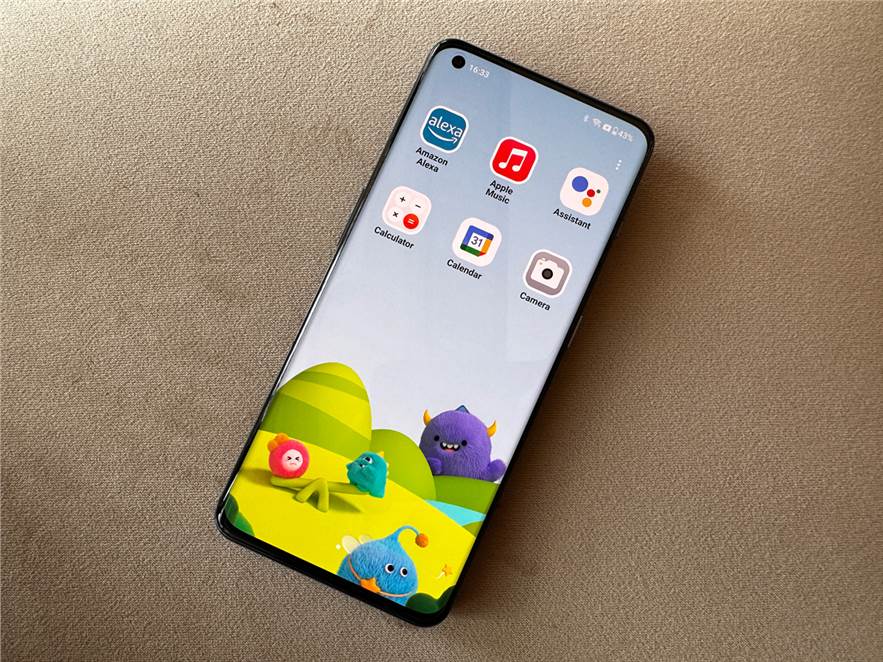
Like it always does, OnePlus is a master of tying things together as a package and with the 11 5G too, what really adds to its allure is the (still) brilliant OxygenOS that offers you so many customisation options without seeking a degree in computer science. Kids Space for example is a fantastic way of turning your phone over to your prodding progeny with only the apps and visuals they should be exposing themselves to. And it’s all just there.

It’s strange enough to find a power brick inside a phone box these days and even more surprising when it’s a 100W Supervooc charger! Quick enough to take you from dead zero to 100% hero in less than 35 minutes, it really is a lifesaver. Battery life itself is great too, thanks to a generous 5000mAh dual-cell battery and tons of tricks to squeeze maximum juice out of it. Even the built-in speakers are one of the best sounding ones, with clear separation, enhancing its stereo soundfield and with great clarity during action games.

Getting most things that matter spot on, including the performance, most of the photography, battery life and UX, the OnePlus 11 is a highly polished embodiment of a brand that prides itself on refining the art of smartphones. There are a few bugbears like the 120Hz screen not scrolling as smoothly as it should, colour variations under indoor lighting conditions but in the grand scheme of mid-end phones, this is a solid entry that will leave most people with a smile.
The most well-rounded Hasselblad collab yet and a great overall phone in terms of specs and performance.
|
Good stuff
|
Bad stuff
|
|
|